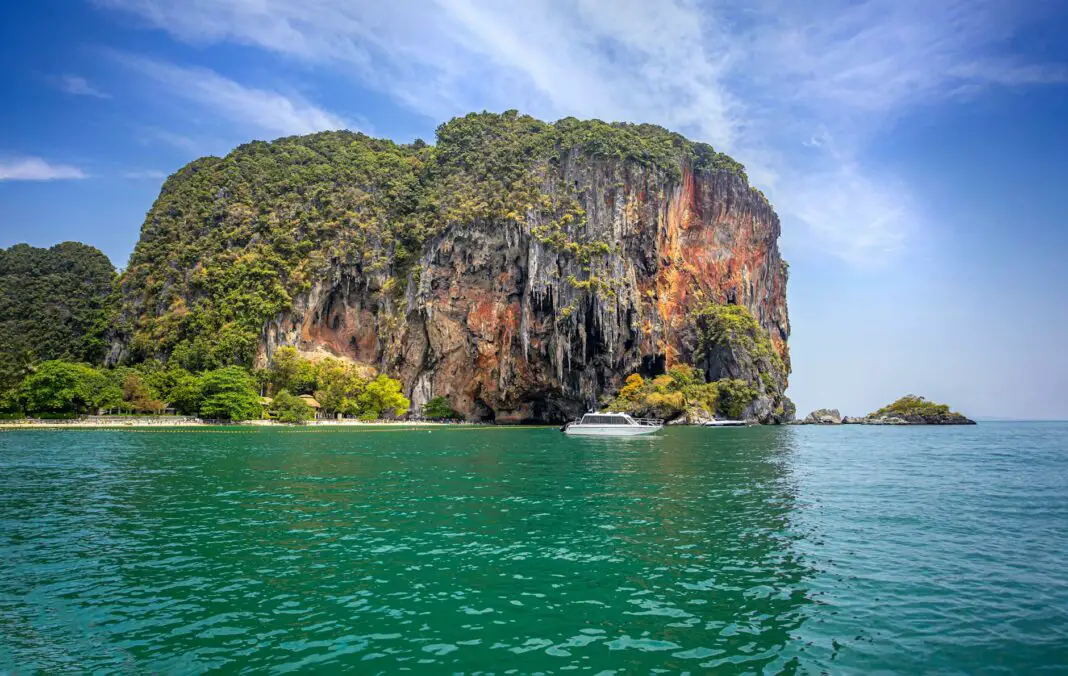Thailand has long established itself as a premier travel destination, celebrated for its dazzling beaches, lush jungles, and vibrant culture. However, as tourism continues to soar, the question arises: Is Thailand’s beauty worth the potential risk to nature? This blog post embarks on an enlightening journey through the enchanting landscapes and cultural treasures of Thailand, examining whether its allure is overshadowed by environmental concerns, and providing insights to ensure a responsible travel experience.
Travelers from around the globe flock to Thailand, captivated by its stunning natural wonders. Visitors find themselves in paradise, surrounded by breathtaking mountains, pristine coastlines, and picturesque islands. Alongside its natural beauty, Thailand boasts a rich tapestry of history and tradition, making it a unique destination that intertwines the allure of adventure with the weightiness of cultural understanding. This post will delve deeply into the attractions one should not miss, analyze the environmental impact of tourism, and offer actionable tips on responsible travel to this magnificent country.
Table of Contents
- Must-Visit Attractions in Thailand
- Environmental Impact of Tourism in Thailand
- Tips for Responsible Travel in Thailand
- Understanding Thailand’s Cultural Heritage
- Nature’s Beauty and Travel: Striking a Balance
- Frequently Asked Questions
Must-Visit Attractions in Thailand
Journeying through Thailand, one encounters a tapestry of attractions that capture the essence of this exotic land. From the bustling streets of Bangkok to the serene beaches of Krabi, each destination tells its own story waiting to be explored. The majestic temples, including Wat Pho and Wat Arun, evoke a sense of tranquility and reverence for Thailand’s rich spirituality. Imagine standing before the reclining Buddha in Wat Pho, feeling a wave of calm as you soak in the intricate details of this historic structure.
For those with a passion for adventure, the emerald waters of the Phi Phi Islands offer breathtaking snorkeling and diving experiences, allowing travelers to immerse themselves in the vibrant marine life. The lush jungles of Chiang Mai provide exhilarating trekking opportunities, where one can explore hidden waterfalls and encounter exotic wildlife. Adding to the allure are the cultural festivals—like Loy Krathong, where thousands of lanterns illuminate the night sky, creating a mesmerizing spectacle that reflects Thailand’s deep-rooted traditions. Each moment spent here is an invitation to experience the beauty that this remarkable place has to offer.
Environmental Impact of Tourism in Thailand
While Thailand’s natural splendor is undeniable, it is essential to acknowledge the environmental repercussions of mass tourism. The surge in visitors has placed immense pressure on delicate ecosystems, leading to concerns about overdevelopment and environmental degradation. Popular destinations often struggle with waste management issues, and the strain on resources can threaten the very beauty that draws travelers in.
It is evident that popular sites suffer from overtourism, which disrupts local environments and wildlife. For example, coral reefs around famous diving spots have shown signs of distress due to the influx of tourists. Balancing the influx of visitors while preserving the environment is a complex challenge. The local communities are increasingly expressing concern, advocating for sustainable practices that protect these treasured landscapes for future generations. Thus, the question looms: how can we enjoy Thailand’s beauty while safeguarding its natural treasures?
Tips for Responsible Travel in Thailand
Embracing responsible travel is paramount when exploring the wonders of Thailand. By making conscious choices, travelers can minimize their ecological footprint and contribute positively to the local communities they visit. One effective tip is to choose eco-friendly accommodations. Numerous hotels and resorts prioritize sustainable practices that respect the environment and support local economies.
Another crucial action is to educate oneself about the cultural practices and traditions of Thailand. Demonstrating respect for local customs fosters goodwill and leaves a lasting positive impact. Moreover, opting for guided tours operated by local organizations can provide insights into authentic experiences while ensuring that tourism dollars benefit those who live there. Choosing to engage in community-based tourism initiatives, such as participating in cooking classes that promote local cuisine, further strengthens the connection between visitors and locals, creating a shared appreciation for Thai culture.
Understanding Thailand’s Cultural Heritage
Exploring Thailand is not just about its stunning landscapes; it’s equally about its deep-seated cultural heritage that enriches every visit. Each region showcases unique traditions, intricate art forms, and celebrated festivals steeped in history. The graceful movements of traditional Thai dance, the exquisite craftsmanship of silk weaving, and the art of Muay Thai reflect the identity of a nation proud of its customs.
Visiting historical sites, such as the ancient city of Ayutthaya, allows travelers to step back in time, witnessing the remnants of a glorious past. Festivals such as Songkran, the Thai New Year, invite participation, turning streets into vibrant celebrations, complete with water fights that symbolize cleansing and renewal. Experiencing these cultural events offers valuable insights into the daily lives and beliefs of the Thai people, celebrating their resilience and connection to the land. Engaging with locals and learning about their customs provides memorable experiences that transform a vacation into a meaningful journey.
Striking a Harmonious Balance Between Beauty and Responsibility
The question of whether Thailand’s beauty is worth the risk to nature is multifaceted. While the enchanting landscapes beckon, they also carry the weight of responsibility. As travelers, we hold the power to influence the impact of our visits. Embracing sustainable practices, supporting eco-friendly businesses, and showing respect for local cultures ensures that Thailand can remain a paradise for generations to come.
Acknowledging the delicate interplay between enjoyment and sustainability transforms our travel experiences, reminding us that we can revel in the allure of Thailand while acting as stewards of its majestic environment. The journey to Thailand becomes not just about discovering breathtaking views, but also about fostering a deeper understanding of the land and its people.
Frequently Asked Questions
Is it safe to travel to Thailand?
Yes, Thailand is generally safe for tourists. Just like any travel destination, it’s essential to remain vigilant and follow local guidelines.
What is the best time to visit Thailand?
The ideal time to explore Thailand is from November to February when the weather is cool and dry, perfect for outdoor adventures.
How can I be a responsible traveler in Thailand?
Opt for eco-friendly accommodations, engage in community-based tourism, and respect local customs to ensure responsible travel practices.
Are there any areas in Thailand at risk due to tourism?
Certain regions, especially popular tourist destinations, face environmental stress. Engaging in sustainable tourism practices can help mitigate negative impacts.
What cultural experiences should I seek in Thailand?
Immerse yourself in local customs by participating in festivals, exploring traditional markets, and taking part in local cooking classes for genuine cultural insights.
Image Credit: Pexels





